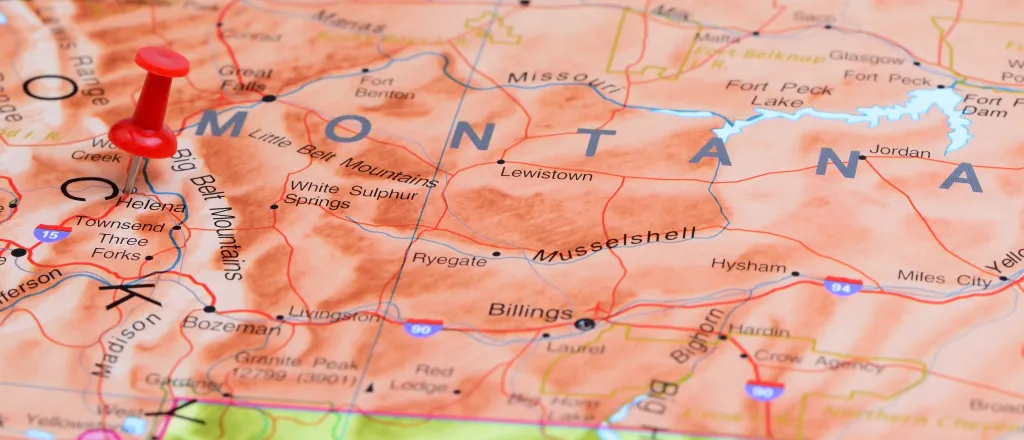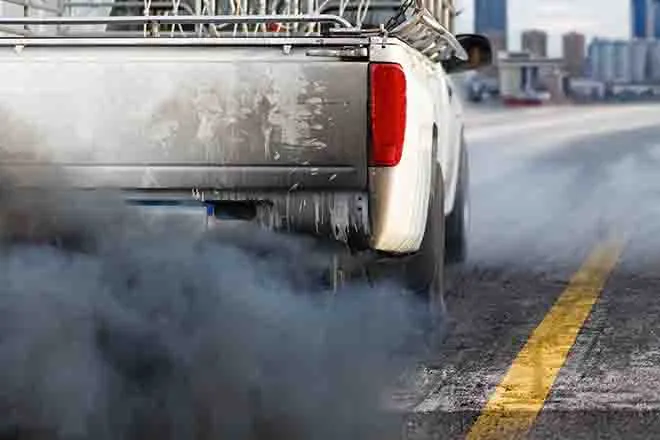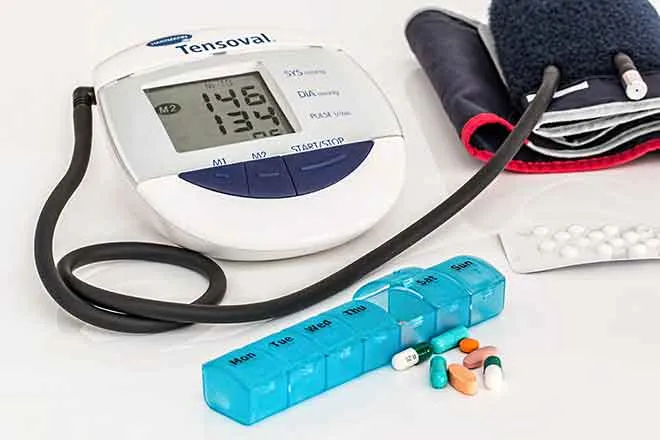
River watchers use 'old' technology to renew ecosystems
(Big Sky Connection) Environmental advocates in Montana are using an older form of technology in new ways to improve the quality of the land near river beds, and also slow erosion.
It's called biotechnical stabilization and it involves using environment-friendly materials adjacent to riverbeds to slow floodwaters, for example. At the same time, it creates an ecologically supportive environment for vegetation to grow.
Mike Sprague - CEO of Livingston, Montana-based Trout Headwaters - said using this method allows the soil to remain stable and vegetation to take root.
"Biotechnical stabilization is a way of kind of fixing the soil with materials, fabrics and other types of materials," Sprague explained, "to support that soil in such a way that then, all of that can them be revegetated. All that area that might have been erosional can be revegetated."
The technology dates to the 1930's.
But Sprague said Trout Headwaters is trying to help it make a comeback - not only in Montana, but in other areas with sensitive waterways, including the Mississippi delta, in cooperation with the U.S. Army Corps of Engineers.
Sprague said for decades, landowners have resorted to low-tech methods - like dumping boulders and huge amounts of rock in rivers and streams, to slow them down in an attempt to hold their soil in place during a flood - but always with bad results.
"This idea that we can simply take steel or large rock and dump it in these rivers and maintain our shoreline, our bank line, our property," said Sprague, "these efforts, these attempts are failing day after day, after day, after day. There are better alternatives."
Sprague contended that biotechnical stabilization will see new life with the success his group is having in Montana and other sensitive habitat areas, and will have more proof as the number of extreme weather events causes record flooding.

















